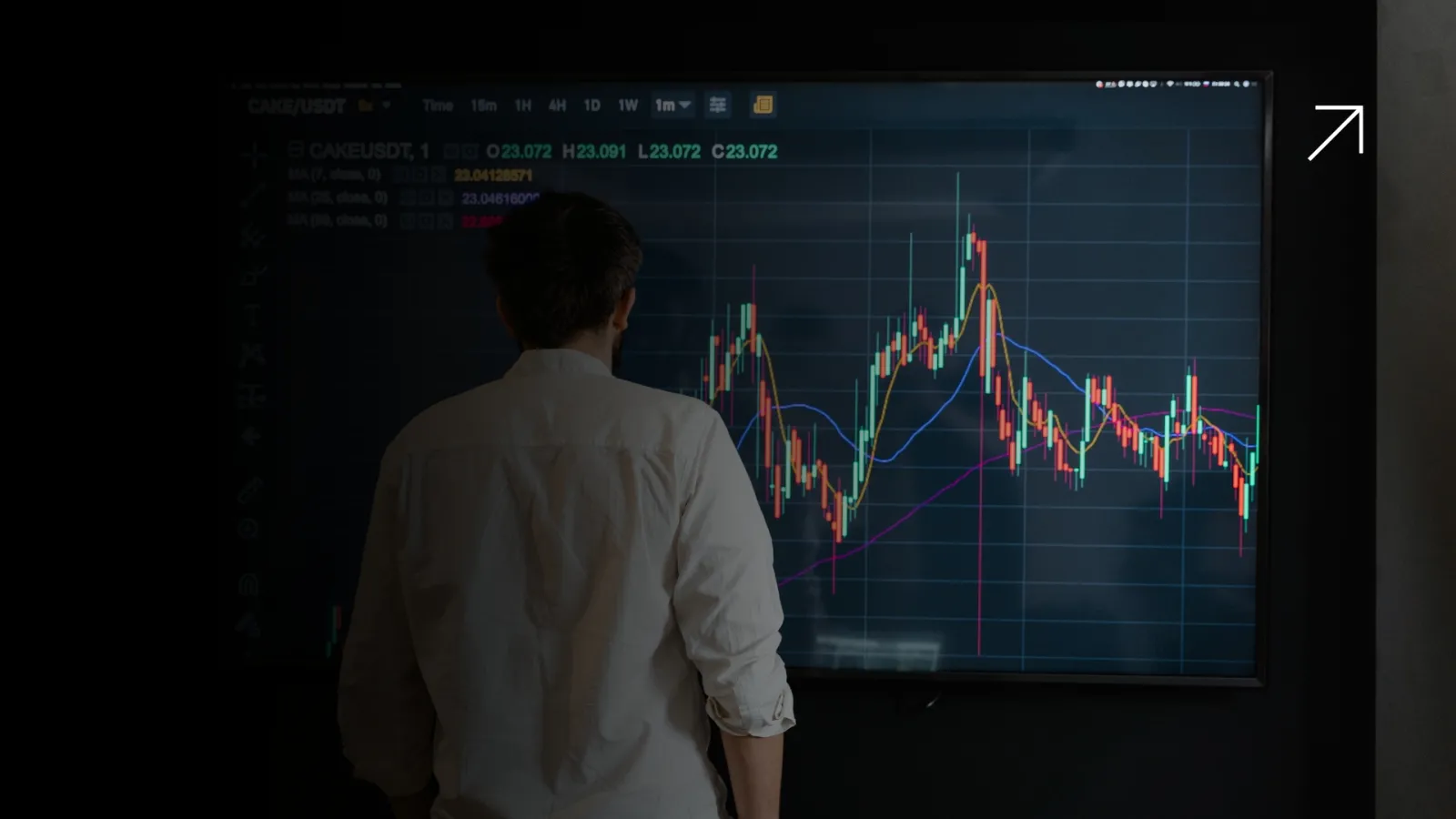Pharma marketing isn’t charity. You invest and you expect results. Marketers in the pharmaceutical industry need analytics that go beyond vanity metrics. We’re talking real, rigorously measured ROI. Not “looks good on slides.” This blog cuts straight to it: what metrics matter, how to track them, and what they mean for boardroom decisions.
Why ROI Must Be Rethought in Pharma Marketing
Let’s begin with a hard fact: pharma marketing must justify itself. Tight budgets, tougher regulations, and longer sales cycles make every rupee count. Traditional metrics like clicks or opens don’t move the needle. Boards want to see outcomes tied to spend.
Studies outside marketing underscore this. In Europe, pharma marketers have faced pressure to “deliver bigger profits from increasingly smaller promotional budgets” and learned there are real decision areas that deliver better ROI. That still holds today. Measuring ROI in the pharmaceutical industry means linking spend to behavior change, to prescriber decisions, to volume trends.
So let’s get to the numbers that matter.
What is ROI in Pharmaceutical Industry, and What Should It Do?
ROI in pharma is more than basic math. Yes, it’s often defined as (Incremental Revenue – Cost) ÷ Cost. But in pharma, that formula needs context. The true question: How much value did that campaign deliver relative to its cost, and did it improve decision‑making?
You can’t treat marketing as a vague expense. Long‑tail keywords like What is ROI in pharmaceutical industry? highlight this confusion. ROI must be precise, measurable, and tied to business outcomes, whether that’s new prescriptions, repeat prescriptions, or trial adoption.
Analytics That Move the Needle, and Also Track It
Here are some of the key analytics that you must consider if you're talking about Pharma marketing ROI:
1. NPI-Level Attribution
You need to connect marketing touchpoints to real HCP actions. Pharma execs drive this by using NPI‑level tracking, including mapping exposures to prescribing behavior. In a recent interview, the CMO from Greater Than One explained they link campaigns and media to NPI data and weight engagement via scoring systems. That’s ROI that matters: who saw, who engaged, who changed behavior.
2. Promotional Mix Synergies
Campaigns don’t work in isolation. Research shows that detailing combined with samples often outperforms either tactic alone. For example, e‑detailing ROI was found to be $2.48 versus $1.72 for traditional detailing and $1.68 for DTC advertising. That direct comparison helps allocate budgets smartly.
3. Closed-Loop Marketing (CLM) KPIs
Tracking end‑to‑end, from message to behavior, is essential. CLM metrics like physician awareness, time to market, sales growth, and engagement all matter. These are the indicators that tell whether a campaign is delivering real business value.
4. Optichannel Precision
Omnichannel is dead. Optichannel is the game‑changer. A recent piece flagged diminishing returns from generic omnichannel approaches. Instead, optichannel tailors communication dynamically based on real‑world data, delivering personalized, cost‑effective engagement. That drives smarter ROI by dialing spend where it counts.
What Is a Good ROI for Marketing in Pharma?
In consumer marketing, a 5× return is solid. In pharma, the benchmark depends on activity. For e‑detailing, the $2.48 figure tells you every rupee spent delivered ₹2.48 in return value, which is an illustrative target.
But beware misleading math. ROI is often overly simplified and fails to include long‑term brand value. Short‑term ROMI may show a spike, but long‑term value, like brand equity and prescriber trust, often hides behind those numbers.
So a “good ROI” in pharma marketing is one that pairs short-term response with long-term brand health. A ratio of 2:1 or 3:1 on incremental revenue may be fine. Back it with metrics like awareness, trial adoption, and sentiment, and you’re building sustained returns.
Measuring ROI: How to Find it in Marketing
That leads us to How to find ROI in marketing?
Step One: Define outcomes, not outputs
Start with desired impact: new prescriptions, trial requests, repeat prescriptions, or HCP engagement metrics.
Step Two: Assign attribution
Use NPI-level tracking. Score engagement—who clicked links, watched detailers, downloaded scientific summaries.
Step Three: Model spending impact
Compare spend against behavioral change. Combine data sources and model mix interactions, timing, and synergies.
Step Four: Bake in brand health
Complement numbers with awareness, trust, and trial metrics. Don’t lose the long game.
Step Five: Optimize channel spend
Shift spend to high-return tactics like e-detailing or targeted digital, and away from low-performing ones. Use optichannel insights to refine constantly.
How Pharma Marketing Management Should Lead the Shift
Pharma marketing management needs to do more than chase impressions. They must own ROI accountability. That means:
- Demanding analytics keyed to prescriber behavior, and not just views.
- Treating marketing automation for pharma not as an add-on, but as infrastructure.
- Requiring agencies and internal teams to deliver ROI models, not glossy reports.
- Elevating digital marketing in pharma to boardroom discussion, not deck filler.
- Insisting omnichannel is optichannel with precision over noise.
If you lead marketing the old way, budgets will shrink, trust erodes. Get the analytics right, you own ROI.
Why This Matters to Pharma Marketing Agencies
Agencies need to show substance. If you call yourself a pharma marketing agency but can’t tie activity to outcomes, you’re just a cost centre. Bring in NPI analytics, model mix performance, and brand health metrics. Offer your clients optichannel optimizations. That’s the difference between “agency” and “growth partner.”
WhatsApp Marketing in Pharmaceutical Industry: ROI That Scales
Yes, even WhatsApp plays here. Track click-throughs, content consumption, and response rates on WhatsApp campaigns as part of your mix. Treat it as another touchpoint in your tracking chain. When run via marketing automation for pharma, you get clean data. Add those metrics into your NPI and CLM dashboards. It amplifies reach and keeps results measurable.
Digital Marketing in Pharma: Analytics That Lift Performance
Don’t treat digital marketing in pharma as experimental. Tie every digital activity including social, email, webinars, to prescriber engagement. Use optichannel logic: serve the right content, on the right device, at the right time. Measure incremental behavior changes, not vanity figures. Combine that with brand lift metrics for a holistic ROI view.
Making ROI a Boardroom Issue, and not a Slide Deck
ROI isn’t a marketing dashboard metric. It’s usually a financial and operational discussion. Make it a boardroom issue by:
- Showing how marketing spend impacts prescriptions, adherence, trial adoption
- Bringing clarity to ROI math, not hiding behind soft metrics
- Tying long-term brand equity and trust into the analytics mix
That’s how you elevate pharma marketing into strategic leadership.
Ready to Put ROI at the Center of Your Pharma Marketing?
Pharma leaders in 2025 don’t want more dashboards. They want clarity. They want ROI they can defend in the boardroom. That means analytics tied to prescriber behavior, compliance baked in, and spend allocated where it truly delivers. If your current pharma marketing management can’t give you that, it’s time to rethink.
Let’s talk about how your team can measure ROI that matters, and make every marketing rupee accountable.





